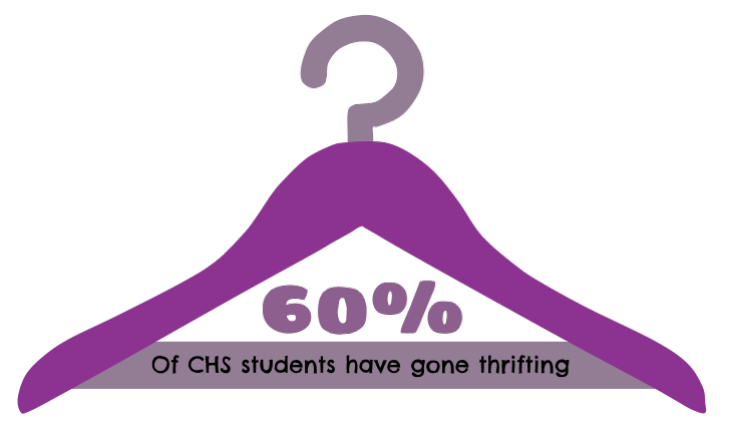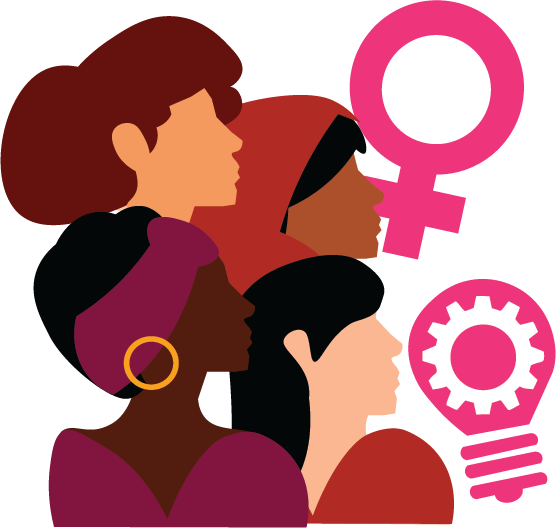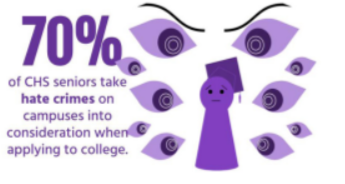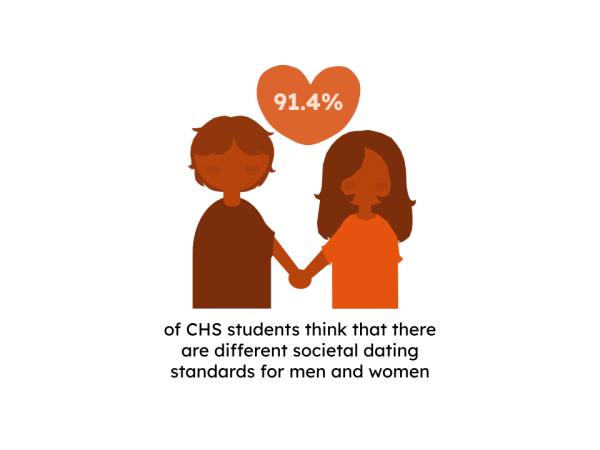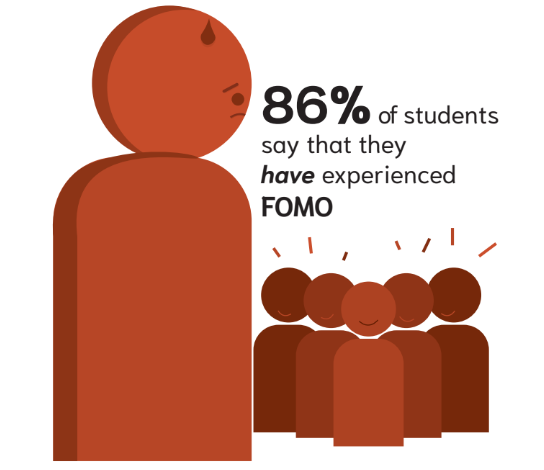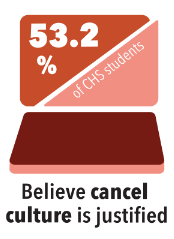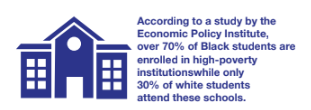Thrifting presents an ethical dilemma: The solution to fast fashion or stealing from the poor
Survey of 50 CHS students from Feb. 18, 2022 to Feb. 25, 2022.
April 14, 2022
Thrift stores have long been the go-to stop for affordable, trendy items. However, the thrift industry has come under scrutiny for reselling and gentrification.
The main appeal of thrift stores for many is their diversity — shopping at thrift stores grants consumers the opportunity to find a wide variety of items from a multitude of brands at an economical price. The miscellany of products constitutes for different types of thrift stores, some only specializing in selling clothes while others, like The Goodwill Store, sell everything from furniture to video game consoles. The thrill of finding unique pieces at thrift stores is an experience that shopping at a brand name store does not fulfill, Goodwill says.
According to Discover Magazine, the benefits also include eco-friendliness and sustainability. Thrifting is a cheaper option that allows shoppers to save money and give items a second chance before they arrive at landfills.
Senior Mackenzie Carey of Little Silver notes that people should dismiss their notions for pre-worn clothes and enjoy thrifting because of its sustainability.
“If people get over the stigma of re-wearing other people’s clothes and not having brand new, designer items,” Carey said, “then I feel like it could be very sustainable because it reduces the need for new clothing production.”
Additionally, thrifting is a convenient, one-stop-shop for many including senior Madeline Cheevers of Little Silver.
“At a thrift store, you can go to one store and find all these really cool things,” Cheevers said. “It’s one stop you have to make, but if you are shopping somewhere else, you might have to go to multiple different stores to find stuff.”
However, concerns have risen due to the new popularity of thrifting and reselling for profit, especially through marketplace websites and apps such as Depop.
Sellers are raising prices for purchases they do not personally need but rather purchase to gain profit, according to Vox.
Sophomore Mackenzie Prince of Union Beach explains that the problem with thrifting apps is that they allow resellers and bulk buyers to sell items at a greater retail price.
“It’s also an issue with places like Depop because people will buy items and sell them for, like, $70 when they bought them for four,” said Prince.
Another issue that contributes to the growing popularity of thrifting is the overall increase in prices. The price alteration is the perfect illustration of what second-hand shopping means to different economic classes through the differences in consumers’ needs.
“For many middle-class teens, finding a nice pair of vintage jeans may be the highlight of their thrifting experience,” said The Stuveysant Spectator. “For low-income families, finding a presentable piece may make or break their next job interview.”
Putting this into perspective, Freshman Alexa Osorio of Asbury Park has had experience with thrifting for means of necessity and accessibility.
“I come from a low income family,” Osorio said. “My mom couldn’t provide for me as much as I needed it when I was a child so that’s why I thrift.”
With this in mind, Cheevers believes that though thrifting is great for finding eccentric pieces, its downfall is the recent price change.
“I think the increase in thrifting has definitely pushed up the prices of second hand shops,” Cheevers said. “For people who really can’t afford anything else, that makes it worse for them because they can’t afford the clothes they actually need.”
According to the Imperfect Idealist, thrift stores have raised their prices and made business decisions to appeal to a wealthier audience in order to take advantage of gentrification in the industry.
Considering the controversy behind this common shopping method, contributing in the second hand market is a practice that takes strides towards sustainability, eco-friendliness and serving communities in need.
“It’s okay, I guess, if you buy thrifted clothes once in a while,” Osorio said, “but just don’t take too much from those who need it.”



